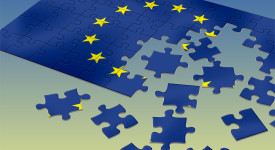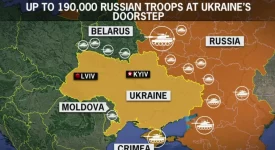The European Union announced that in accordance with its prior objective to increase humanitarian aid on education in conflict zones, it will allocate 4 percent of its aid budget among more than 2,300,000 children in 42 countries around the world. The budget for children’s education in conflict zones is administered by the initiative “EU Children of Peace”.
Children account for about a half of the victims of conflicts and wars around the world. They are among the most vulnerable victim groups and are often hardest hit by conflicts. Moreover, children in conflict areas are much more likely to be left out of school and their education is often disrupted. Therefore, the Commission said it would primarily focus on the problematic regions, such as the Middle East (especially Syria and Iraq), East, Central and West Africa, Asia, Ukraine, Central America and Colombia.
The EU’s Commissioner for Humanitarian Aid and Crisis Management, Christos Stylianides, commented that “today we fulfill and surpass our commitment to quadruple our support to education in emergencies from 1 percent to 4 percent of our humanitarian aid budget from €11 million in 2015 to €52 million in 2016.” He added that “investing in education now for children caught up in conflict zones and other emergencies is an investment against the risk of a lost generation and an investment for the future”.
The funding will provide access to education in conflict and emergency areas. It will not only include basic schooling for children but also vocational training, life skills, mine risk education and recreational activities, also for parents and caregivers. Moreover, the EU wants to provide school material and set up new educational facilities. The aid will be channeled via non-profit and international organizations as well as United Nations agencies. The EU Children of Peace initiative was established in 2012, using the money that the EU had received for its Nobel Prize for Peace in the same year. Through the EU Children of Peace initiative, the EU aims to turn ‘children of war’ into ‘children of peace’.







